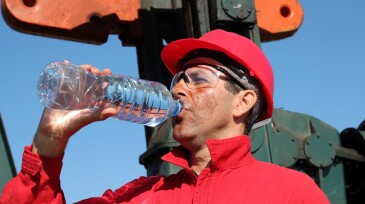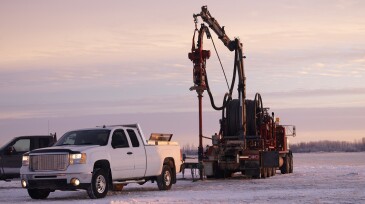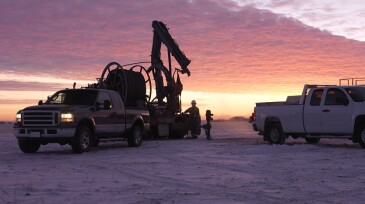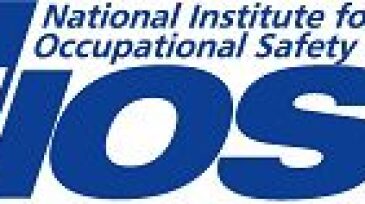NIOSH
-
The National Institute for Occupational Safety and Health and its predecessor, the US Bureau of Mines, have significantly contributed to enhancing the safety of miners and to applying new technologies to the mining industry.
-
As summer temperatures rise, the threat of heat-related illness and death to oil and gas workers increases.
-
The free virtual meeting plans to highlight state-of-the-art knowledge on improving safety culture and human/organizational performance in the oil field.
-
Vehicle-related accidents contributed to more than a quarter of worker deaths in the oil and gas extraction industry over a recent 6-year period, according to a report from the CDC.
-
To explore motor vehicle safety, the agency is conducting interviews with workers as well as focus groups with managers and supervisors.
-
A recently published study connects risky driving to long work hours, lengthy commutes, and insufficient sleep.
-
The project would evaluate oil and gas extraction workers’ sleep, fatigue, and other related factors, as well as their relationship to industry-associated risks.
-
This year marks the 100th anniversary of the invention of the hard hat, one of the most recognizable pieces of safety equipment in the world.
-
The US Occupational Safety and Health Administration, the National Institute for Occupational Safety and Health, the State of North Dakota, and the Bakken Basin Safety Consortium have signed an alliance to protect employees and promote safety and health in the oil and gas industry.
-
The National Institute for Occupational Safety and Health is collaborating with partners in industry, government, academia, and labor and with other stakeholders to achieve successful and sustainable outcomes to improve worker safety and health across the oil and gas extraction industry.
Page 1 of 2










